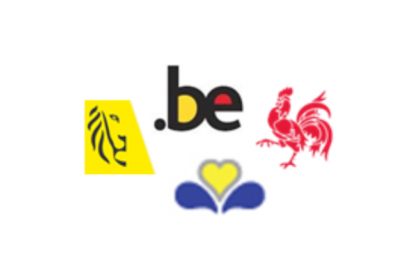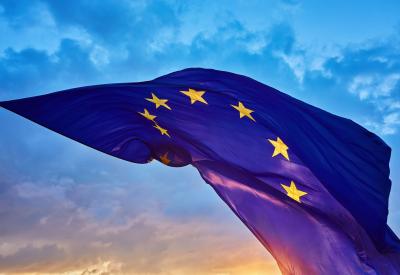In 2017, Europe established a standard for the structure of electronic invoices. This common format facilitates exchanges and the development of e-Invoicing.
The European Standard is to e-Invoicing what globish is to commercial relations: a common language that facilitates exchanges between people who do not speak the same language. This semantic standard was implemented when it became apparent that the existence of a multitude of electronic invoice formats on the market was hindering the development of e-Invoicing.
What is the purpose of the European Standard?
As borne out by studies, the use of a structured invoice format specific to each sector or exchange group is a major obstacle to the widespread use of e-Invoicing. This situation forces the weakest (and the majority of) companies to subscribe to multiple platforms (those of their powerful trading partners) and develop expensive format conversion systems.
The European Standard is one of the measures to address the obstacles created by the fragmentation of e-Invoicing solutions on the market. By establishing a clear and well documented structure for the essential elements of any invoice, it allows everyone to have the same reference for the exchange of invoices
In concrete terms, the European Standard includes a list of all terms that can be used in a valid electronic invoice and defines how they should be interpreted and used. Electronic invoices that meet this standard are fully legal and comply with tax legislation.
How did it come about?
The European Standard is the first outcome of Directive 2014/55 on electronic invoicing (see also: What is Europe doing to facilitate e-Invoicing?). As a reminder, this directive, which came into force in April 2019, requires European contracting authorities to receive and send electronic invoices in accordance with the European Standard. The European Committee for Standardization was tasked by the European Commission to develop this standard.
As part of its remit, working groups were established. Their work led to the definition of a semantic standard to be applied to the structure of the electronic invoice. Standard EN 16931-1:2017 has been available since July 2017. Its reference was published in the Official Journal of the European Union on 17 October 2017 CEN has also defined and published the correspondences between this structure and 2 technical syntaxes commonly used in Europe.
The European Standard supplements, but does not replace
As a cross-sectoral and pan-European measure, the European Standard can be used in conjunction with existing sectoral standards. It is not intended to replace existing structured formats: each company remains free to use the format(s) of its choice. On the other hand, rather than imposing it on all its trading partners, it can now allow them to use the European Standard, which serves as a common language.
As a result, the European Standard not only meets the specific invoicing needs of contracting authorities, but also resolves the cross-sectoral and transnational invoicing difficulties that economic operators are continually facing.
An instrument to promote e-Invoicing
Thanks to the European Standard, the IT sector can develop its offer to better cater to the different needs, in particular in the case of cross-sectoral exchanges (which account for the majority of invoices and therefore constitute an essential segment of the market). Combined with complementary standards and technical and legal agreements, it makes it possible to roll out e-Invoicing on a large scale at reasonable costs. Find out how this combination is structured in practice on our pages that guide you through the Peppol framework.
Where can I consult the specifications of the European Standard?
In Belgium, the Bureau de Normalisation (NBN) is the standardization body responsible for distributing the text of the Standard. It can be obtained at the following address: NBN EN 16931-1:2017+A1:2019/AC:2020 - NBN.










































